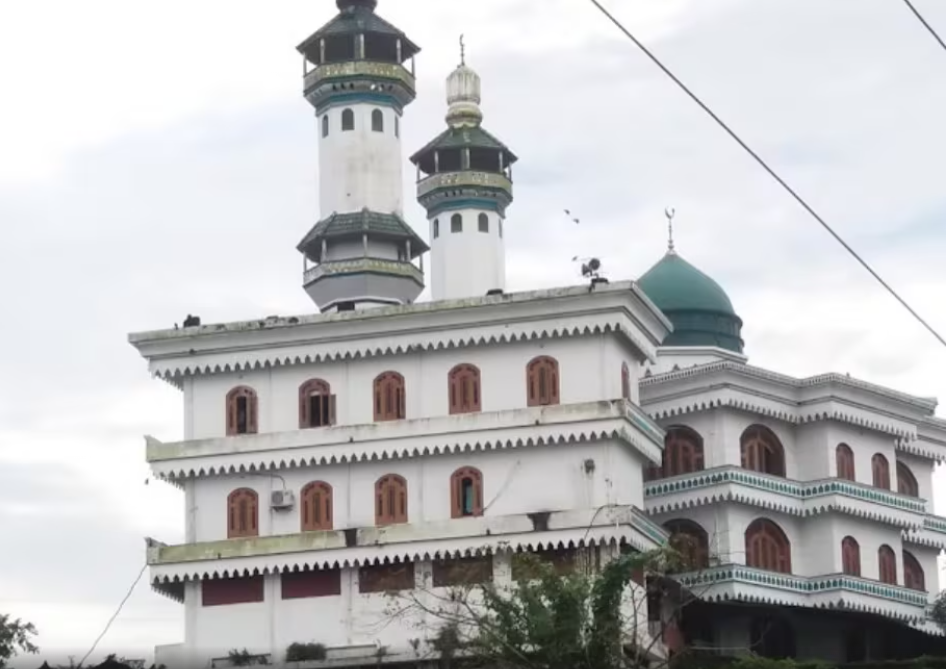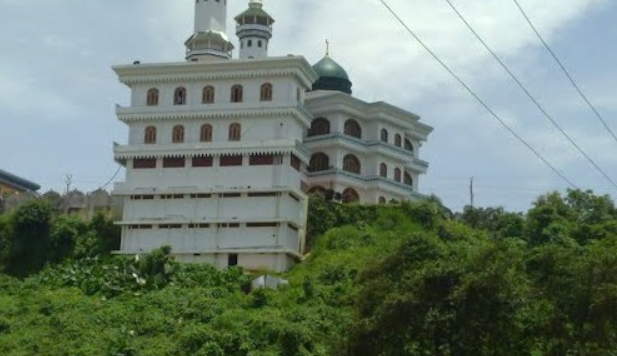Tirurangadi Valiya Jumu’ath Palli
Tirurangadi Valiya Jumu’ath Palli, located in Tirurangadi, is one of the earliest mosques established in Malabar during the early years of Islam. It is believed to have been founded in 83 AH (702 AD). According to the famous traveler Ibn Battuta, the mosque had a thatched roof during his visit. Historian Nellikuth Muhammadali Musliyar notes that the mosque was given a tile roof approximately 365 years ago, although no additional details about its early architectural design have been discovered to date.
This mosque witnessed two significant colonial attacks. The first occurred in 1745 AD when the East India Company’s forces, along with the Nair Pada of the Zamorin, marched from Kozhikode to Tirurangadi with the intention of attacking Valiya Jumu’ath Palli. The confrontation took place in the Maidani (now the Qabarstan) on the southern side of the mosque.
The second attack took place on August 30, 1921, during the Malabar Revolution. The mosque was a focal point of the Khilafat and Indian freedom movements, under the leadership of Ali Musliyar. A rumor that the British had burned down the mosque further incited the Revolution. On that day, British forces attacked the mosque where Ali Musliyar and his followers were stationed. More than two dozen Moplah Muslims were martyred in the battle, cementing Tirurangadi Masjid’s status as a historic symbol of Malabar’s resistance against colonial rule.
Tirurangadi Valiya Jumu’ath Palli, located in Tirurangadi, is one of the earliest mosques established in Malabar during the early years of Islam. It is believed to have been founded in 83 AH (702 AD). According to the famous traveler Ibn Battuta, the mosque had a thatched roof during his visit. Historian Nellikuth Muhammadali Musliyar notes that the mosque was given a tile roof approximately 365 years ago, although no additional details about its early architectural design have been discovered to date.
This mosque witnessed two significant colonial attacks. The first occurred in 1745 AD when the East India Company’s forces, along with the Nair Pada of the Zamorin, marched from Kozhikode to Tirurangadi with the intention of attacking Valiya Jumu’ath Palli. The confrontation took place in the Maidani (now the Qabarstan) on the southern side of the mosque.
The second attack took place on August 30, 1921, during the Malabar Revolution. The mosque was a focal point of the Khilafat and Indian freedom movements, under the leadership of Ali Musliyar. A rumor that the British had burned down the mosque further incited the Revolution. On that day, British forces attacked the mosque where Ali Musliyar and his followers were stationed. More than two dozen Moplah Muslims were martyred in the battle, cementing Tirurangadi Masjid’s status as a historic symbol of Malabar’s resistance against colonial rule.

